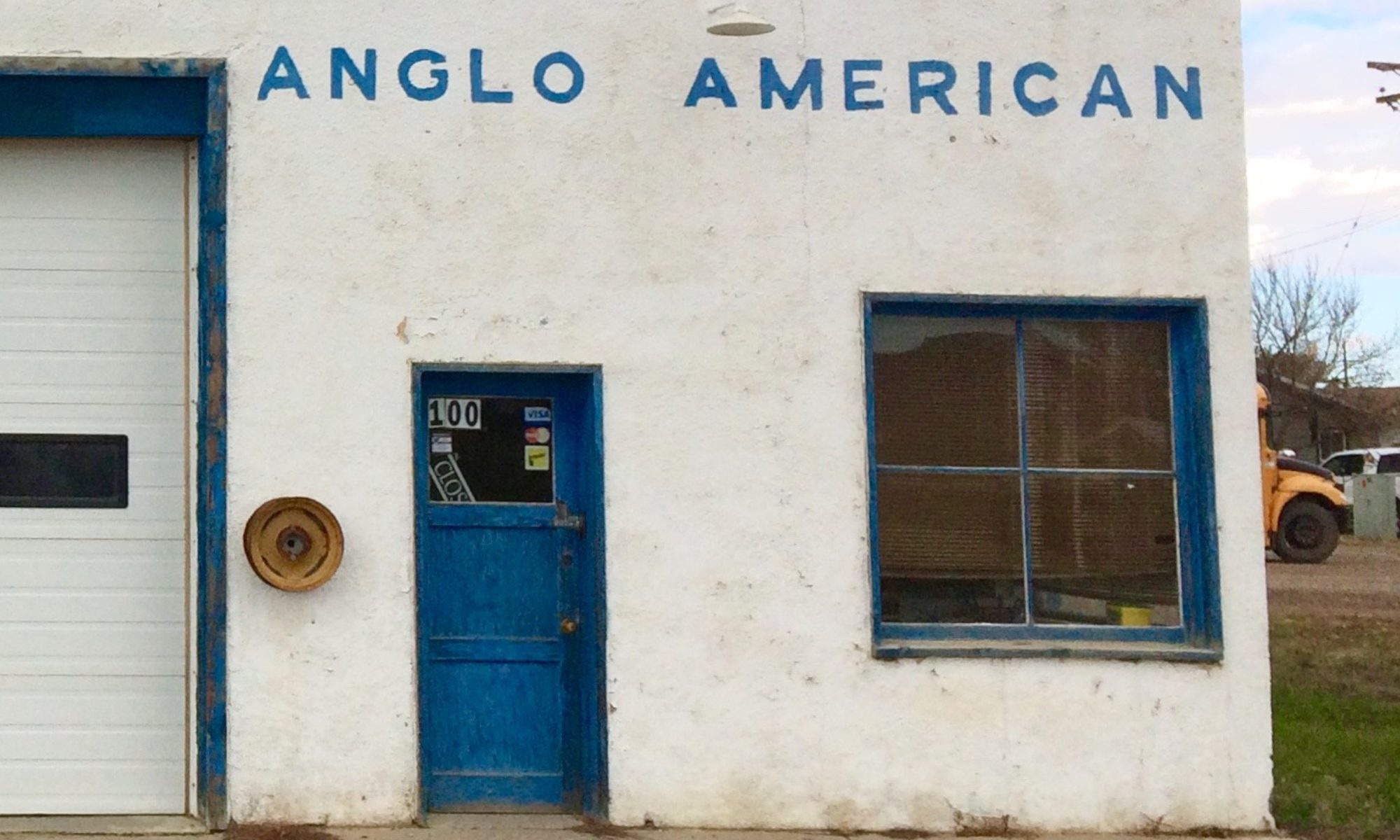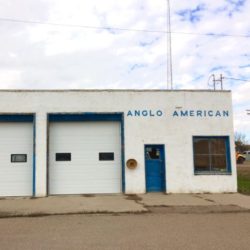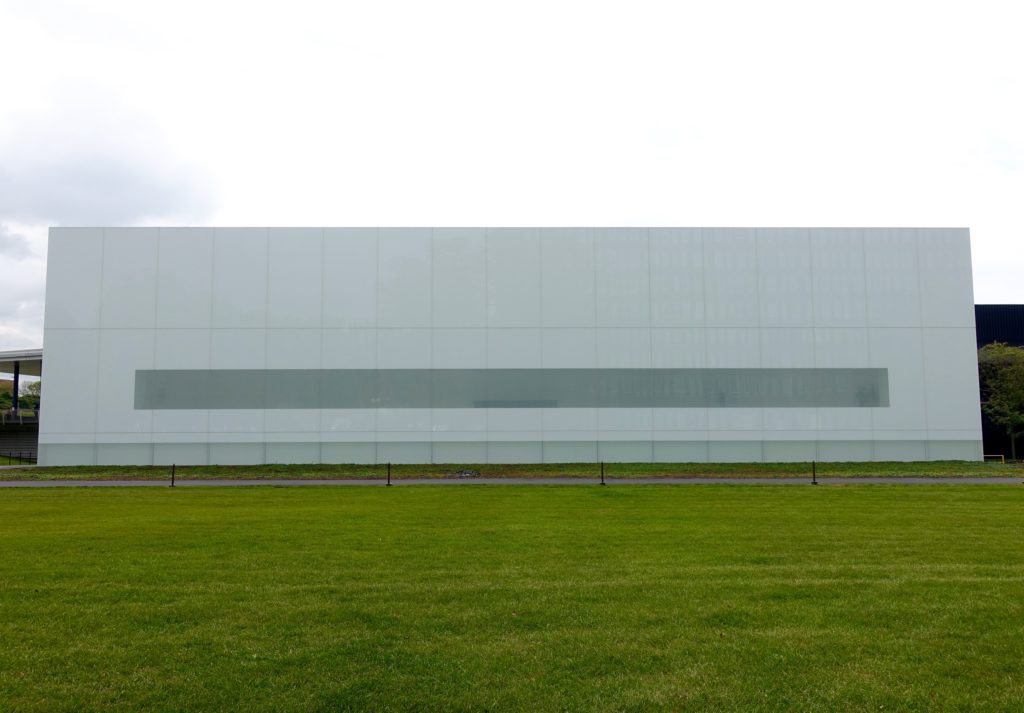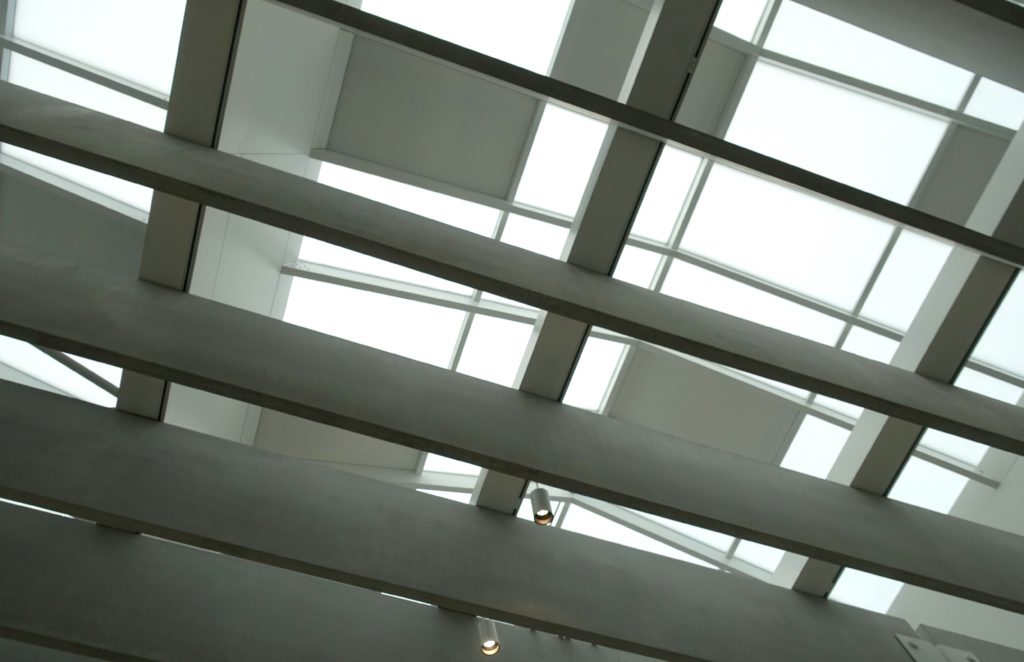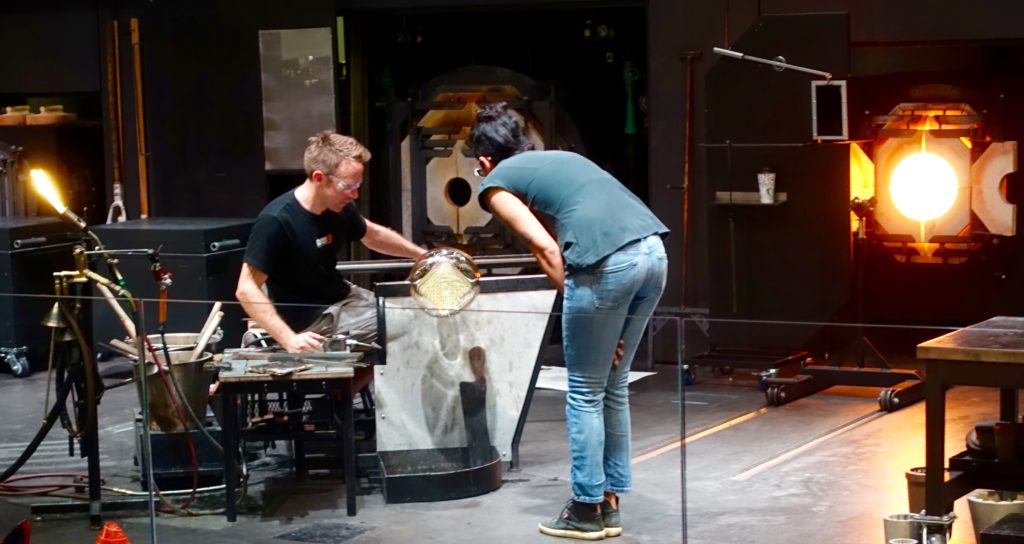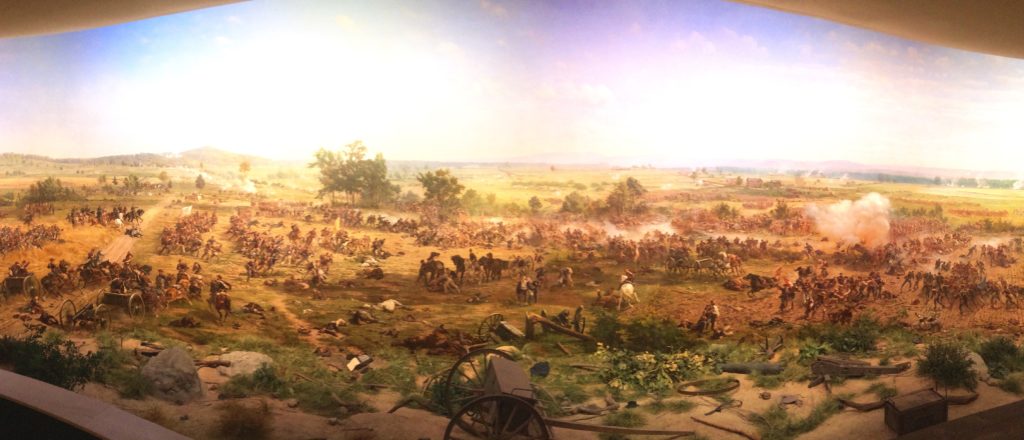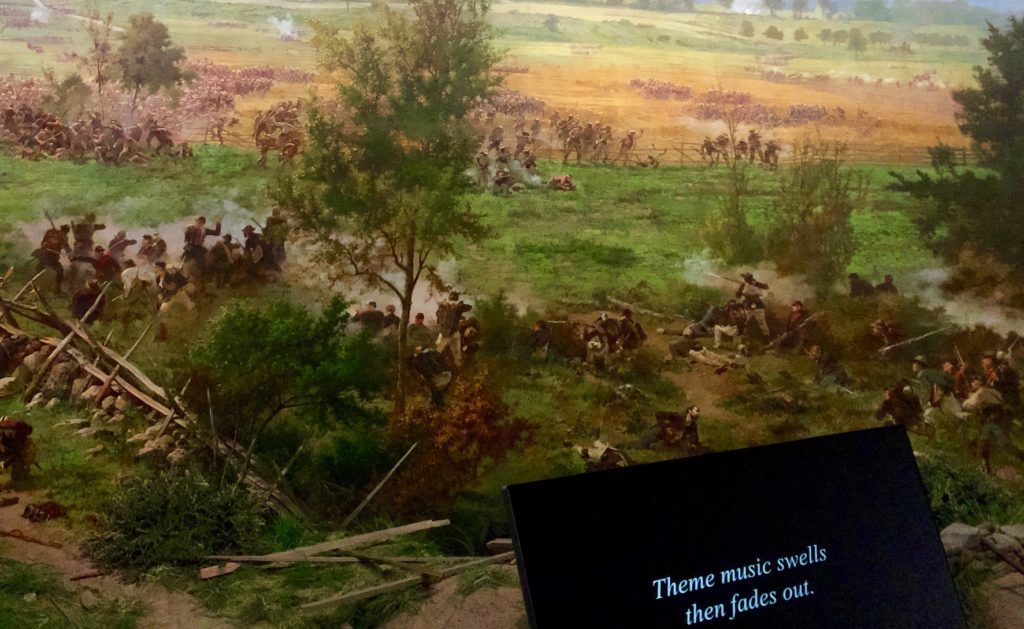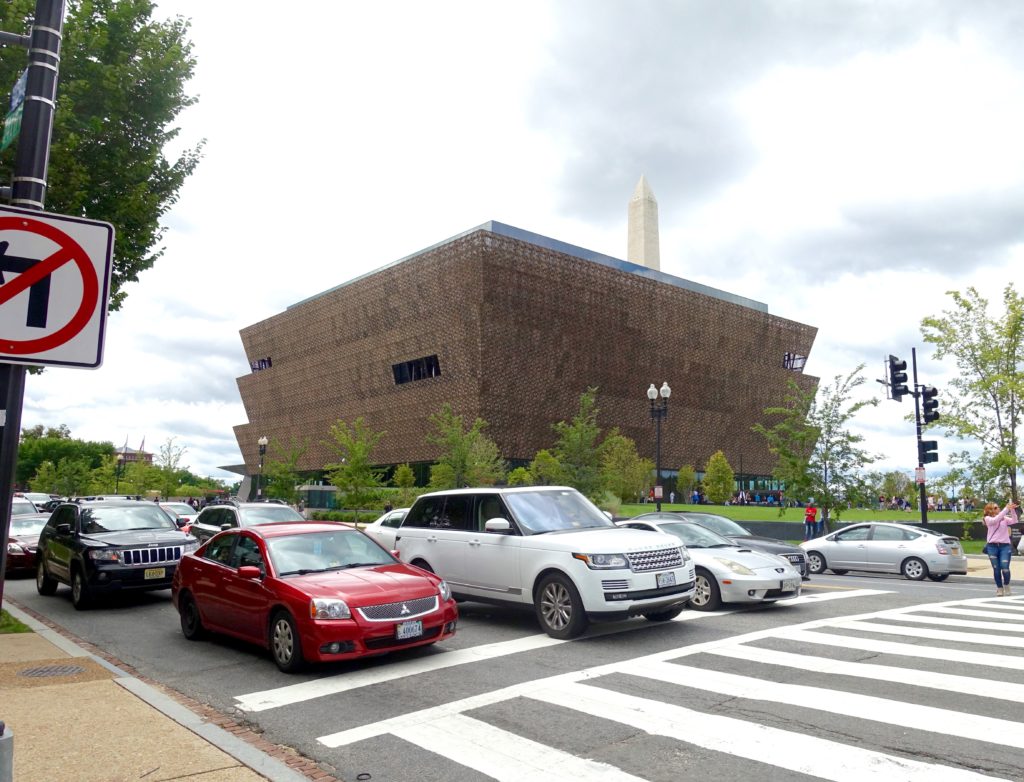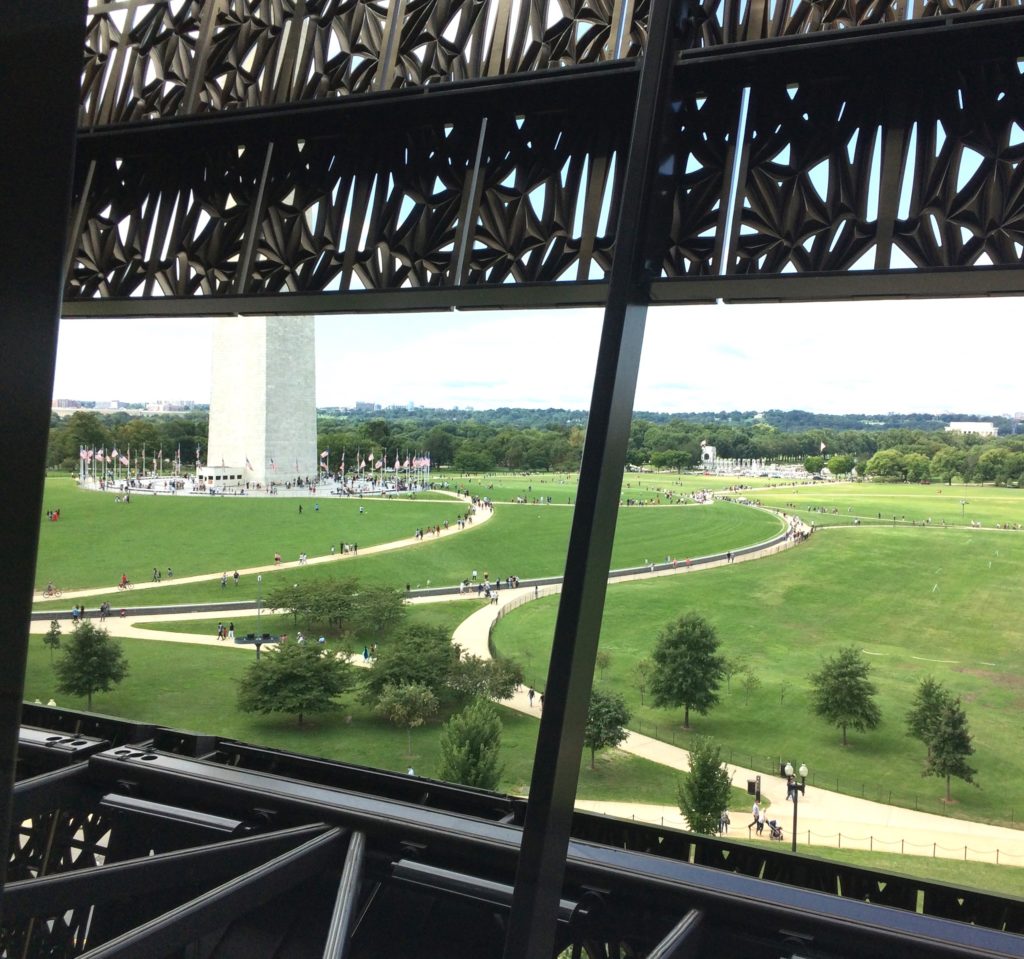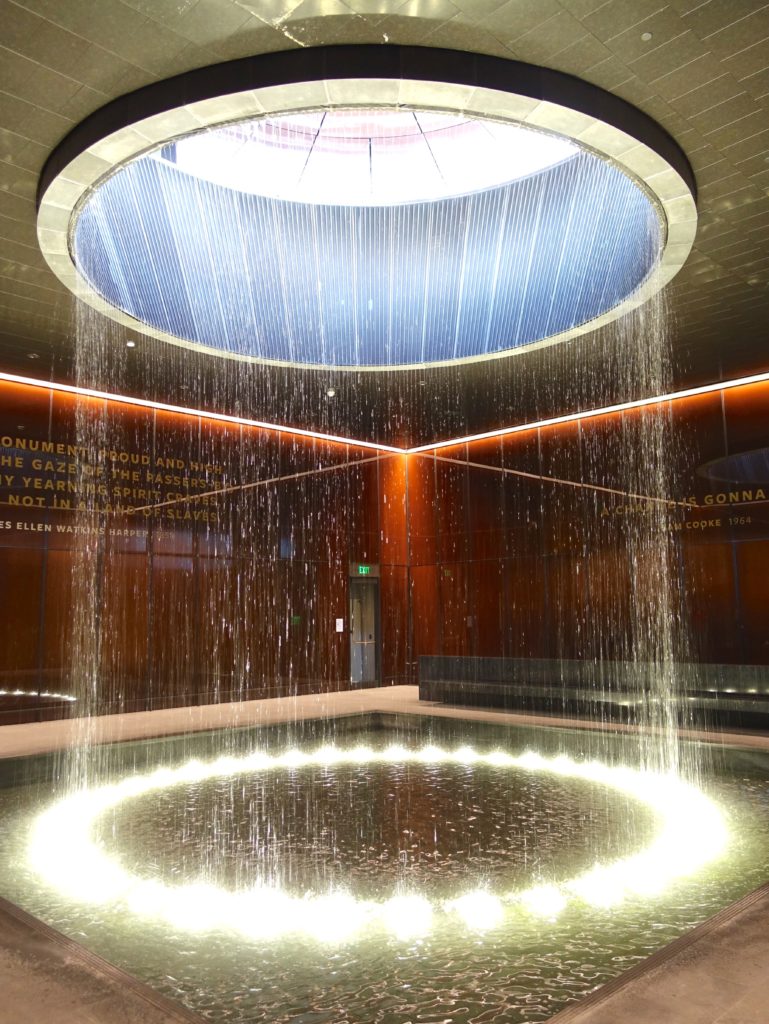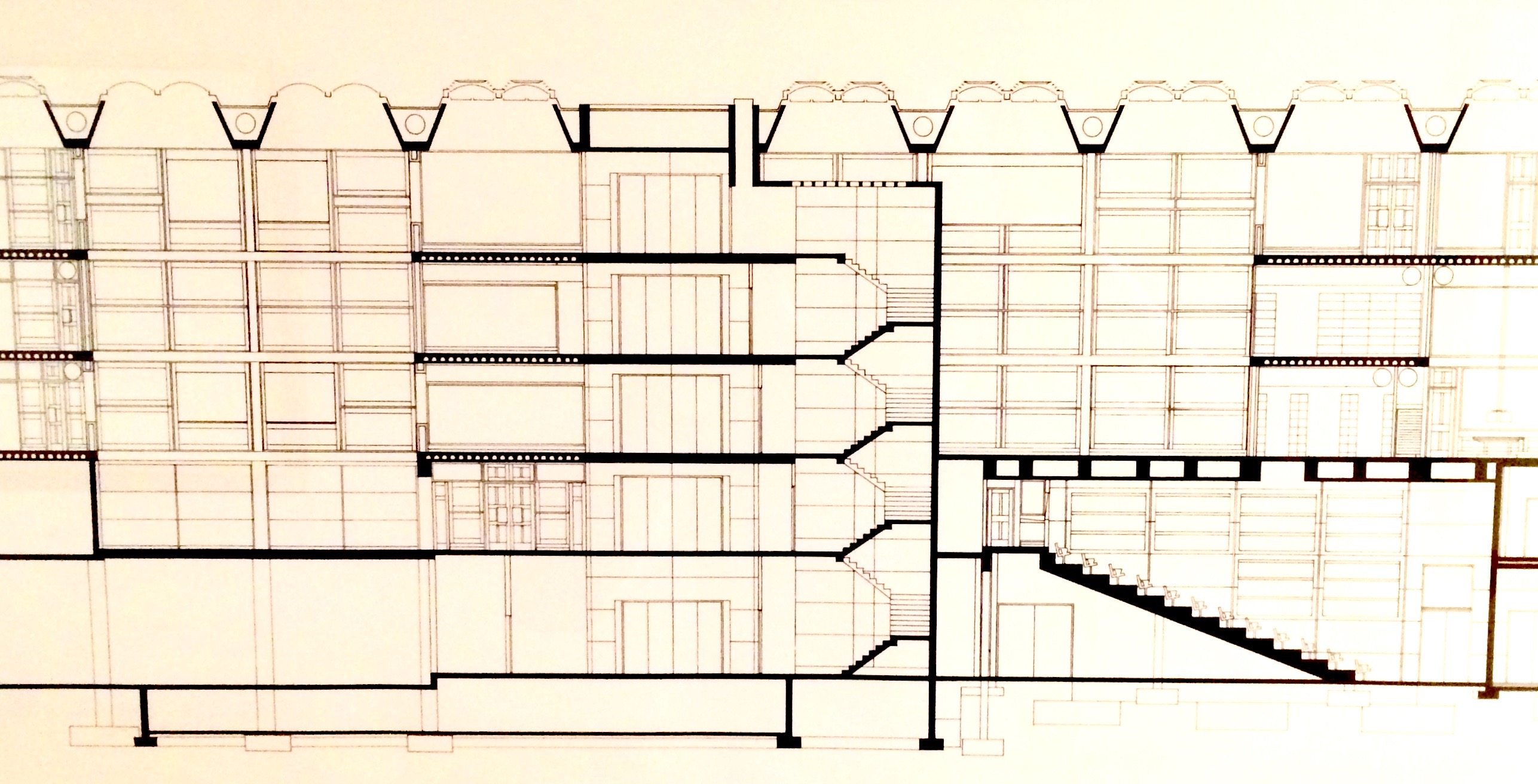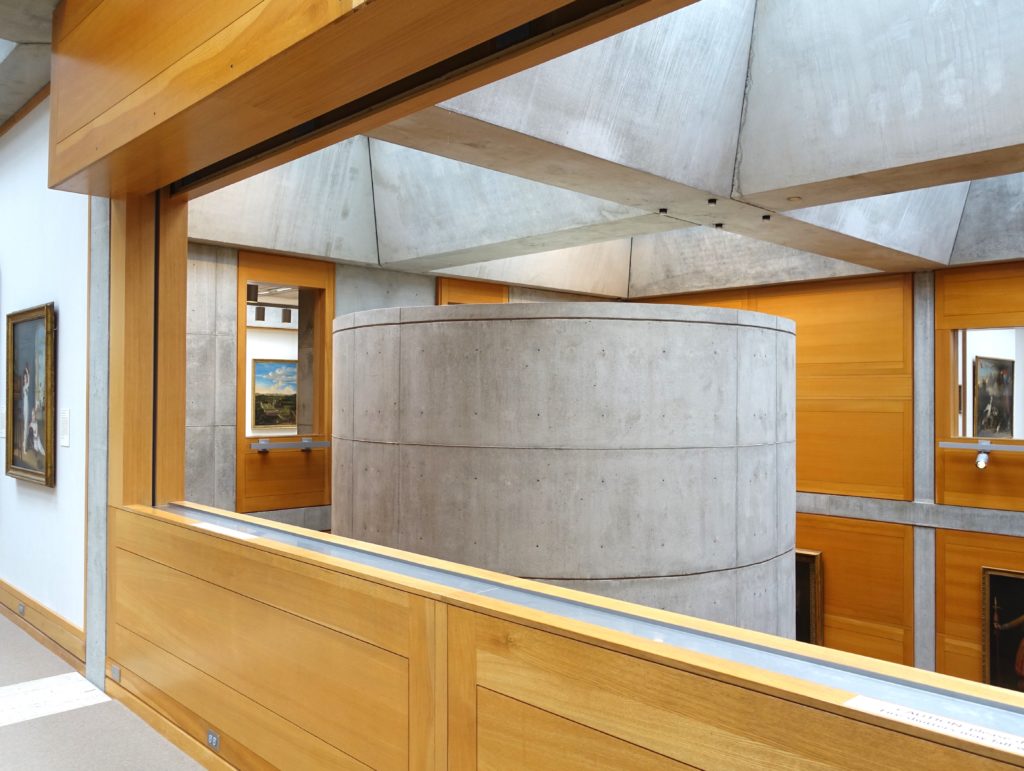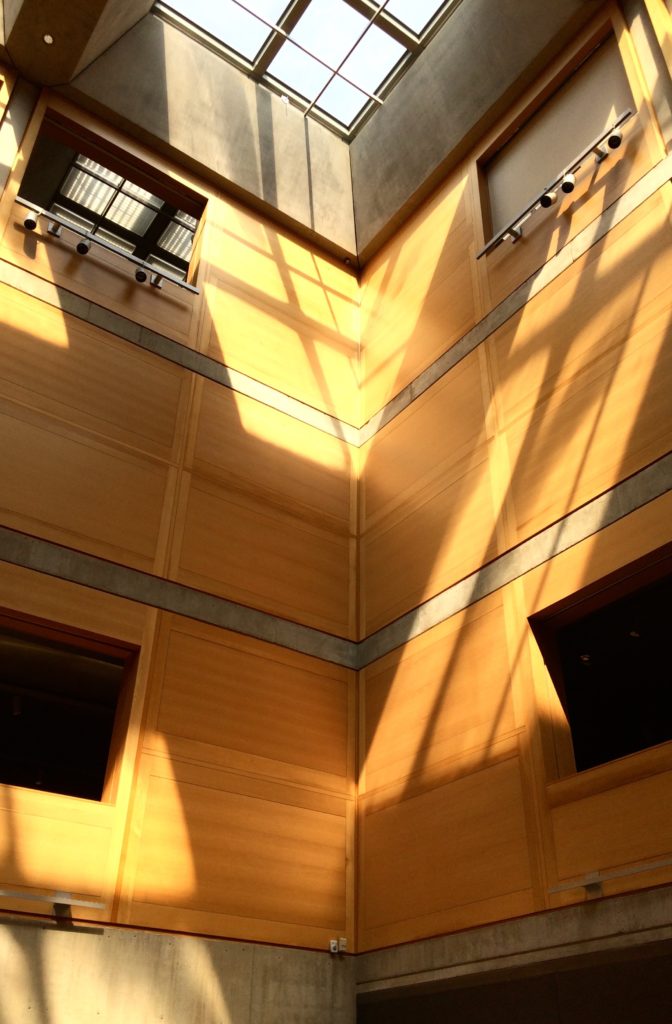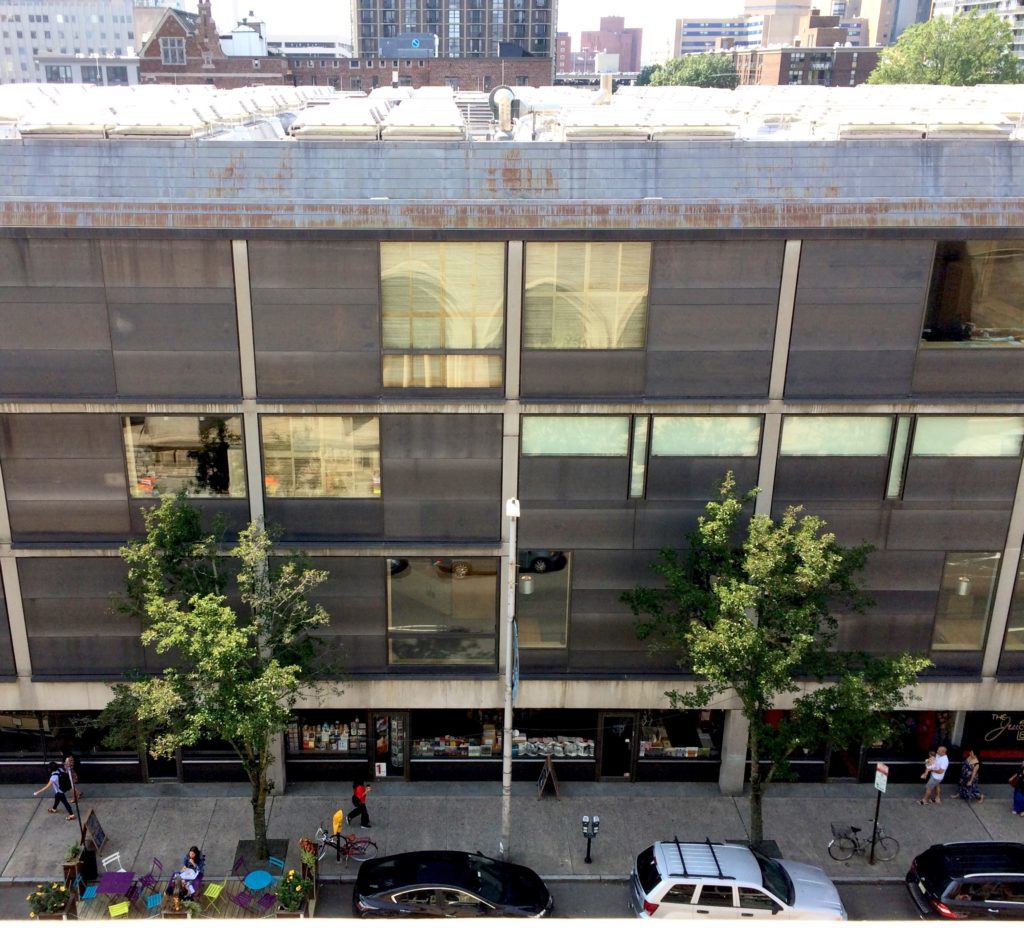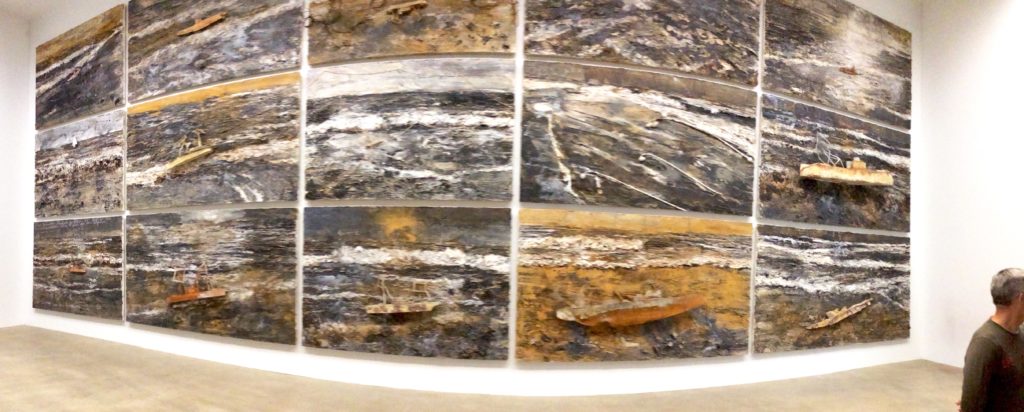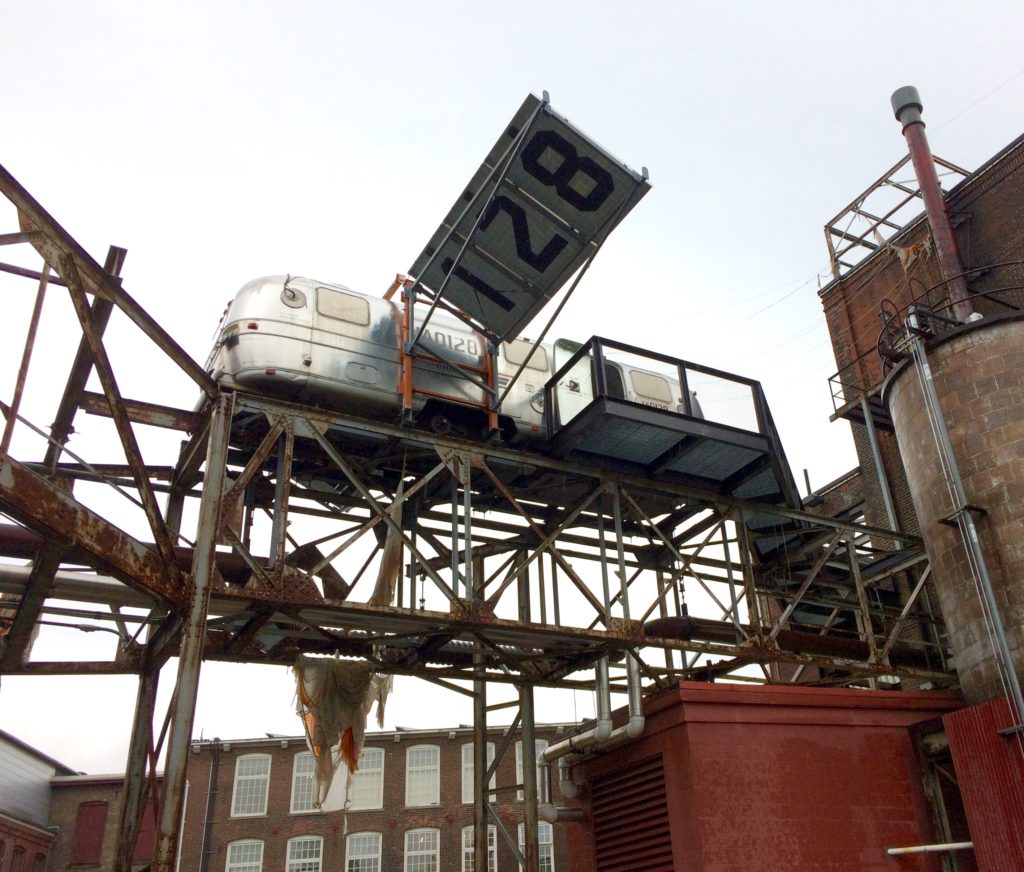The Corning Museum of Glass originally opened in 1951. The building was designed by Wallace Harrison of Harrison & Abramowitz. Since then the museum has seen a number of addition and renovation projects by well respected american design firms – in 1980, Gunnar Birkerts; 2001, Smith-Miller + Hawkinson; 2001, Bohlin Cywinski Jackson; and 2015, Thomas Phifer and Partners. Each of the projects is of interest – all have a high level of design resolution and finish. The museum has clearly committed to a first rate program and architectural excellence. The first three images above are exterior and interior shots from the minimalist, naturally lit, 2015 addition by Thomas Phifer and Partners. Here the aesthetic is entirely contemporary – it is a clean, simple space, housing contemporary glass art. The fourth image shows a glass blowing demonstration in the Smith-Miller + Hawkinson addition. The last image of back-lit pop bottles is from a display in the 1980’s addition by Gunnar Birkerts, and essentially matches a photograph that I had taken while visiting the Museum in the mid 1980’s.
September 1st – Overcast – Gettysberg National Military Park – Gettysberg Pennsylvania
The first two images above, are from the Gettysburg Cyclorama, a continuous 360 degree painting/installation that is 13 m high and 115 m in circumference. The work is from the 1880’s and is by french artist Paul Phillippoteau. This is one of four versions of the painting, and this version was originally displayed in the Cycorama Building in Boston. The work tells the story of Pickett’s Charge, a Confederate attack on Union forces on July 3, 1863. The work has been recently restored and is presented at the Gettysberg Visitor Center within Gettysberg National Military Park. The presentation now includes a recorded narrative and light show that are intended to help explain the events of the day. According to Wikipedia, Cycloramas were very popular in the late 19th century, traveling from city to city to provide local entertainment — much like a modern movie. While about 30 cycloramas still survive today, hundreds were produced. Here the painting is highly detailed and covers a range of events, not necessarily in a conventional order. It is about the enormity of the scene.
The bronze bas-relief detail above is from the Delaware Memorial, and is opposite the Soldiers National Cemetery in Gettysberg.
September 3rd – Overcast – The National Museum of African American History and Culture – Washington DC
The newest Smithsonian project, The National Museum of African American History and Culture, is located on a prominent site on the Washington Mall. It is just slightly off DC’s two central axes – the first links the Capitol to the Lincoln Memorial, and with the secondary axis, the White House is in line with the Jefferson Memorial. The new national museum is designed by David Adjaye, a british architect originally from Ghana. Since opening in September 2016, the museum has been exceptionally popular.
The institution, physically and programmatically, is divided into two main sections – 4 levels below grade and four above. It is proposed that one start the tour of the below grade ‘History Galleries’, from the lowest level. Most of the public space in the lower levels is interconnected as a quietly lit, multi-leveled hall. Inside this tiered space, a path is developed through display material that tells the story of african americans – from the early slave trade, through the civil rights movement of the last century, to today.
September 5th – Sunny – The Yale Centre for British Art – New Haven Connecticut
The building above is the Yale Center for British Art, designed by Louis Kahn. It was completed in 1974 and is situated directly across the street from the Yale Art Gallery. A wing of the Art Gallery was also designed by Kahn, but several decades earlier. A significant portion of the Center for British Art’s interior spaces are naturally lit. The interior wall surfaces are a combination of concrete, oak and linen paneling. The solid exterior panels are a grey matte steel.
An object, or a design’s profile, will often cast a shadow pattern of matching qualities. A beautiful design can cast a beautiful shadow.
September 6th – Raining – MASS MoCA – North Adams Massachusetts.
MASS MoCA (Massachusetts Museum of Contemporary Art) is located within a former industrial site at the confluence of two small rivers. The sites ‘western’ history dates back to the 1700’s. From 1860 to 1942, Arnold Print Works, a cloth printing company, operated on the site. Of MASS MoCA’s 26 buildings, 25 were built by the 1890s. Sprague Electric operated on the site from 1942 to 1985. MASS MoCA opened in 1999.
The Museum’s web site notes that ‘the master plan was led by architects Simeon Bruner of Bruner/Cott & Associates, Frank Gehry, Robert Venturi, and David Childs of Skidmore, Owings & Merrill.’
Now, the former industrial complex has been largely cleaned up. The look is clean, bright, rough and ready. One element of the design conceptually, is how walls show layers of stripped-off paint. The aesthetic is basically light multi-coloured expressionism – like variations in pale camouflage, varied in the same way that stripped-off paint might be. In some rooms the wall colour scheme is subtly varied between two walls at 90 degrees in plan. This ‘almost matching’ haphazardness on the walls has its uniformity by design.
Given the history of the site, the found spaces interior and exterior, and how they have been adapted to their current use, the project reveals itself as an engaging and thoughtful work. The project is also of particular note based on its contemporary art mandate. The museum’s installations and exhibits, some of which are permanent, are of a high quality. Artists on show at this time include Laurie Anderson, Anselm Kieffer, and James Turrell.
*
